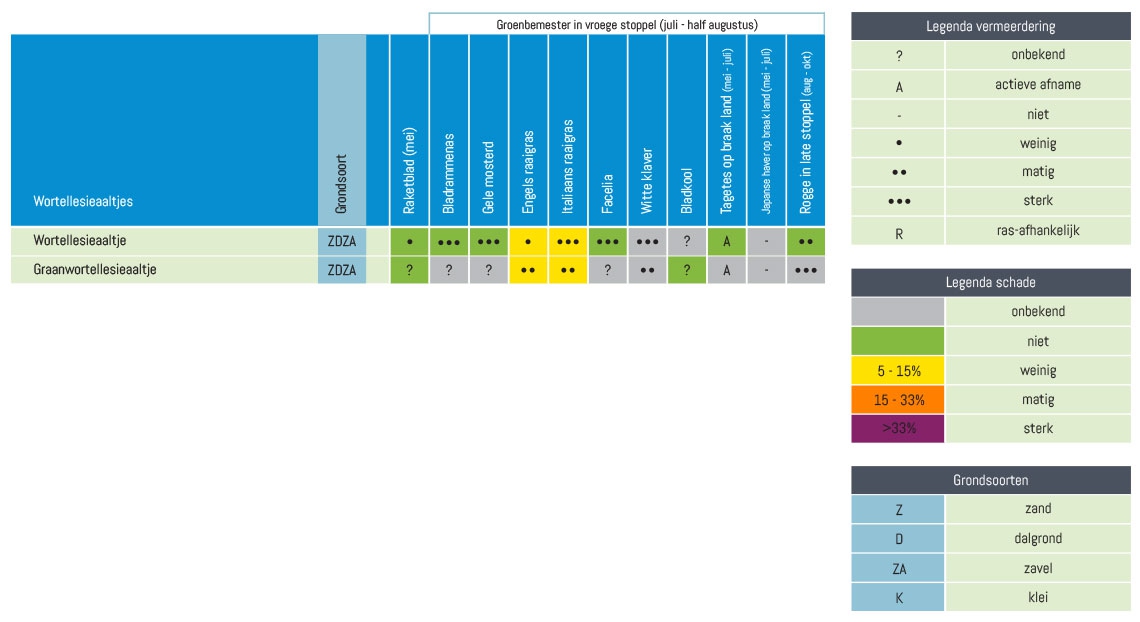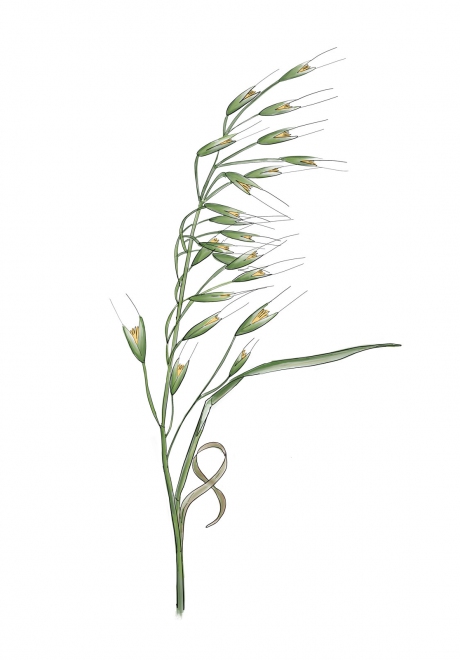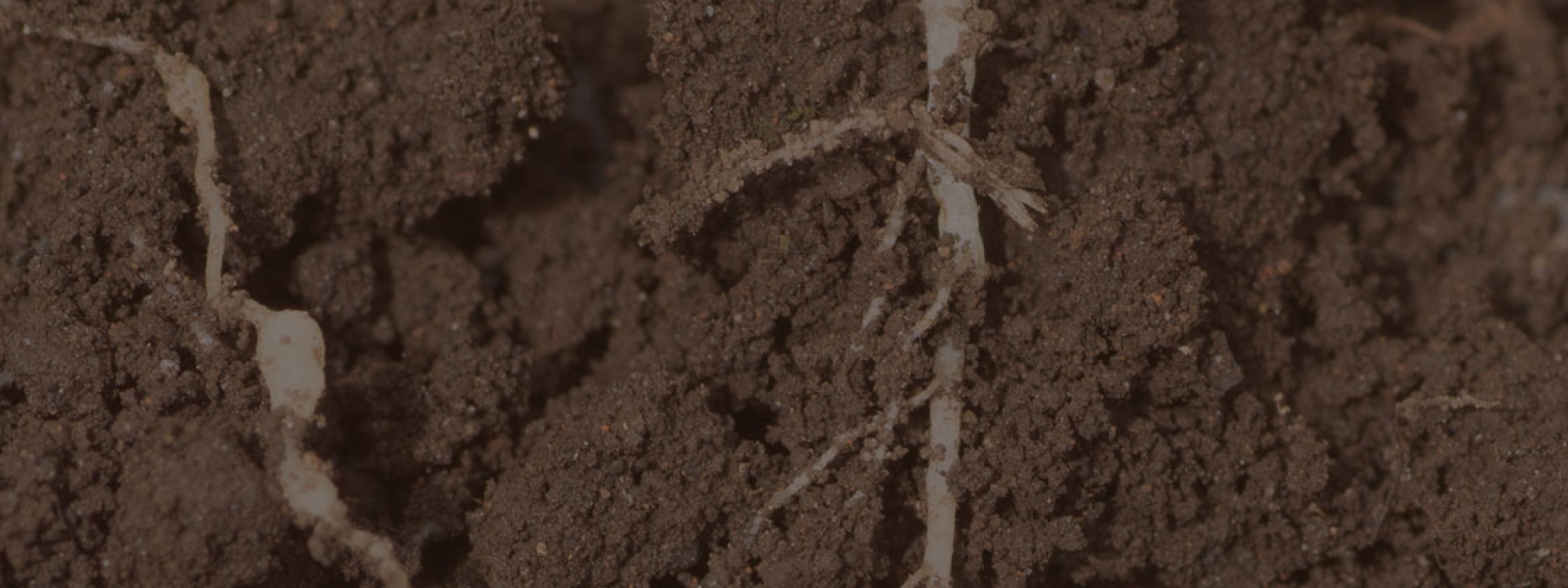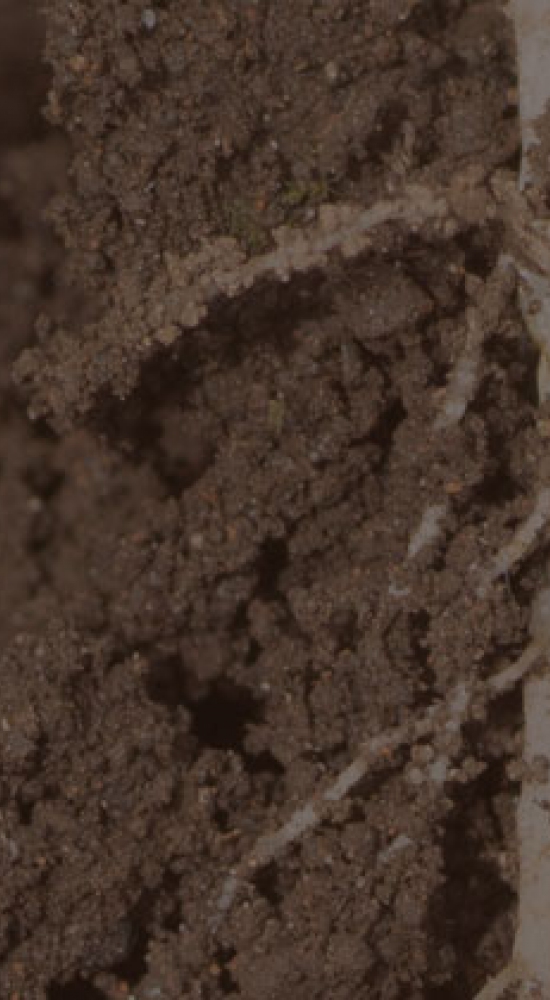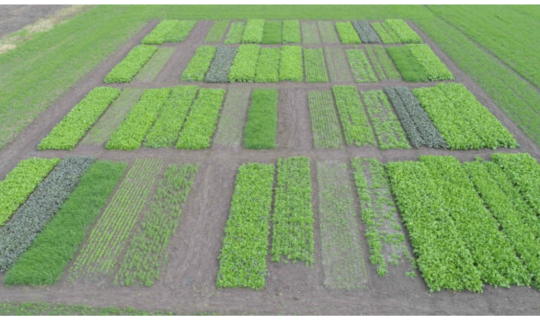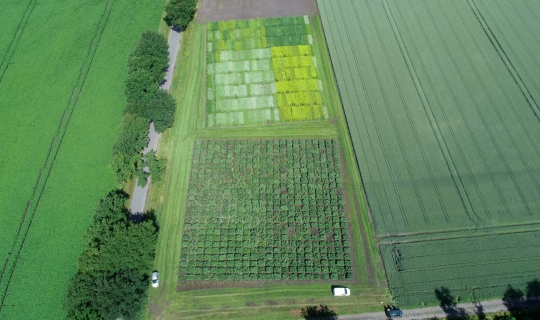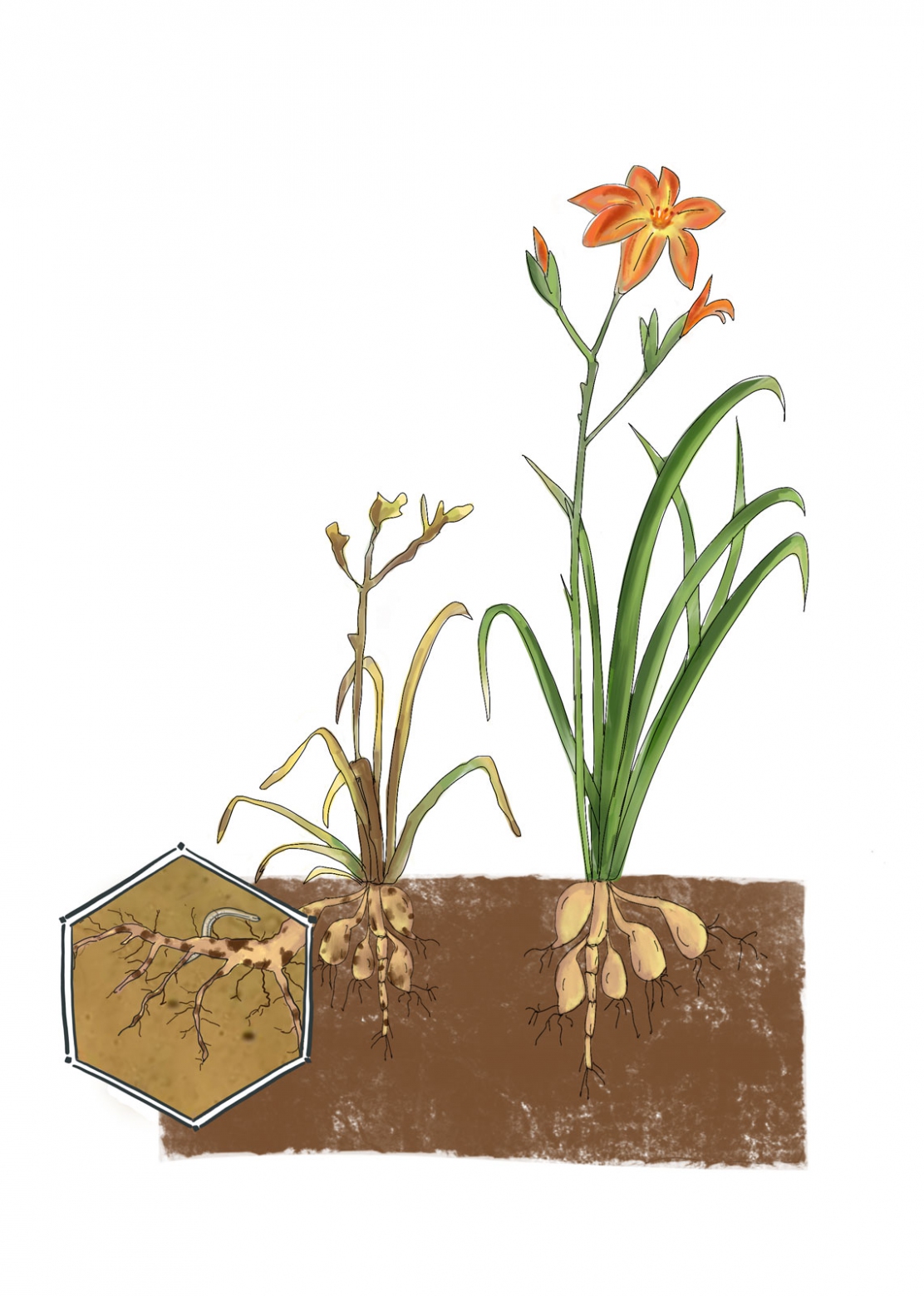
Root lesion nematodes
Root lesion nematodes are mobile and not bound to a root. The root lesion nematodes eat their way through the root cells of the host plant. This creates the characteristic brown linear spots on the roots (lesions).
When many larvae are active, the entire root system is damaged. As a result of being damaged by root lesion nematodes, the plant becomes more sensitive to harmful soil fungi.
Root lesion nematodes have a short life cycle, with 2-3 generations per year and multiply on a large number of host plants (including many weed species). Expanding the crop rotation plan as a control measure is therefore very difficult. Root lesion nematodes can lead to large loss of yield in the cultivation of lilies, beets, grain, barley and potatoes, among others.
Information about the root lesion nematodes
- Often typical lesions visible on the roots
- Stunted in growth
- In case of heavier infestations, sometimes plant failure caused by damaged root system
- When damaged, is often more sensitive to fungi Yield loss
- Company hygiene
- Soil sample research
- Ensure good pH and high organic matter content
- Prevent weed growth, also after main cultivation
- Use of resistant green manures or non-host plants
- Soil treatment with nematicide


